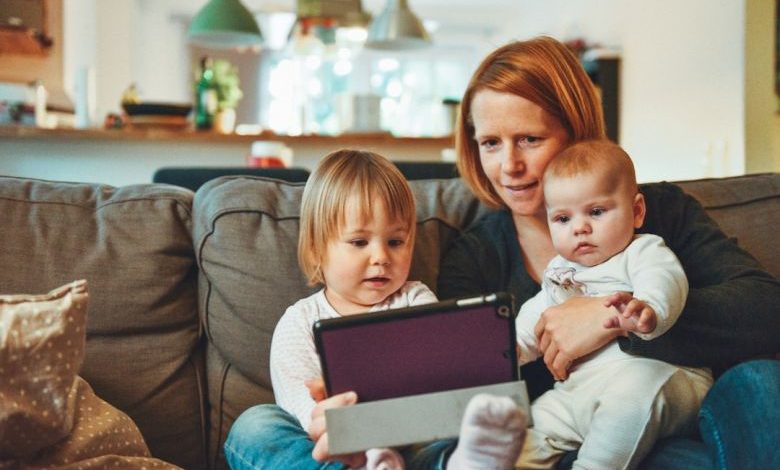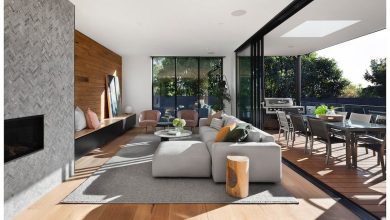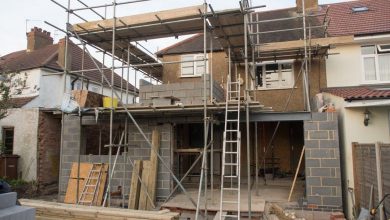How to Design a Child-safe Home?

Creating a safe environment for your child is of utmost importance. As they explore and grow, it is crucial to design a home that minimizes potential hazards. From the living room to the kitchen, every area should be child-friendly. In this article, we will provide you with essential tips on how to design a child-safe home.
Living Room
The living room is often the heart of the home, where families gather to relax and spend quality time together. To ensure it is child-safe, consider the following:
1. Secure furniture: Anchor heavy furniture, such as bookshelves and entertainment centers, to the wall to prevent tipping. Use furniture straps or brackets for added stability.
2. Soften sharp edges: Install corner protectors on sharp edges of furniture, such as coffee tables and TV stands. This will help prevent injuries if your child accidentally bumps into them.
3. Cover electrical outlets: Use outlet covers or plug protectors to keep little fingers away from electrical outlets. This will prevent electrical shocks and potential accidents.
Kitchen
The kitchen can pose various hazards for young children. To make it child-safe, follow these guidelines:
1. Lock away hazardous items: Store cleaning products, sharp knives, and other potentially dangerous items out of your child’s reach. Use childproof locks on cabinets and drawers to prevent access.
2. Secure appliances: Keep small appliances, such as toasters and blenders, unplugged and stored away when not in use. Install stove knob covers to prevent accidental turning of burners.
3. Use stove guards: Consider using stove guards to create a barrier between your child and hot surfaces. This will help prevent burns and scalds.
Bedroom
The bedroom is your child’s personal space, and it should provide a safe and comfortable environment. Consider the following tips:
1. Choose safe bedding: Opt for crib mattresses that meet safety standards and fit snugly inside the crib frame. Avoid using pillows, blankets, and stuffed toys in the crib to reduce the risk of suffocation.
2. Secure furniture: Anchor heavy furniture, such as dressers and bookcases, to the wall to prevent tipping. Ensure there are no loose cords from blinds or curtains that pose a strangulation hazard.
3. Childproof windows: Install window guards or window locks to prevent accidental falls. Keep furniture away from windows to discourage climbing.
Bathroom
The bathroom is another area that requires careful consideration when it comes to child safety. Follow these guidelines:
1. Supervise bath time: Never leave your child unattended during bath time. Keep a hand on your child at all times and ensure the water temperature is safe.
2. Secure cabinets: Use childproof locks on bathroom cabinets to keep medications, cleaning products, and personal care items out of reach.
3. Install slip-resistant flooring: Opt for slip-resistant flooring in the bathroom to reduce the risk of falls. Place a non-slip mat or adhesive strips in the bathtub to provide additional traction.
Outdoor Spaces
Outdoor spaces offer opportunities for exploration and play. To make your outdoor areas child-safe, consider the following:
1. Install a fence: Create a secure boundary by installing a fence around your yard. Ensure the fence has a self-closing gate and is at least four feet tall to prevent accidental wandering.
2. Remove potential hazards: Regularly inspect your outdoor space for potential hazards, such as sharp objects, poisonous plants, and stagnant water. Eliminate these hazards to create a safe environment for your child.
3. Provide shade: Ensure there is adequate shade in your outdoor areas to protect your child from harmful UV rays. Consider installing a playset with a built-in shade structure for added protection.
In Conclusion
Designing a child-safe home requires careful attention to detail and a proactive approach to potential hazards. By implementing the tips mentioned above, you can create an environment that nurtures your child’s growth while minimizing the risk of accidents. Remember, child safety is an ongoing process, so regularly reassess your home to ensure it remains a safe haven for your little one.




